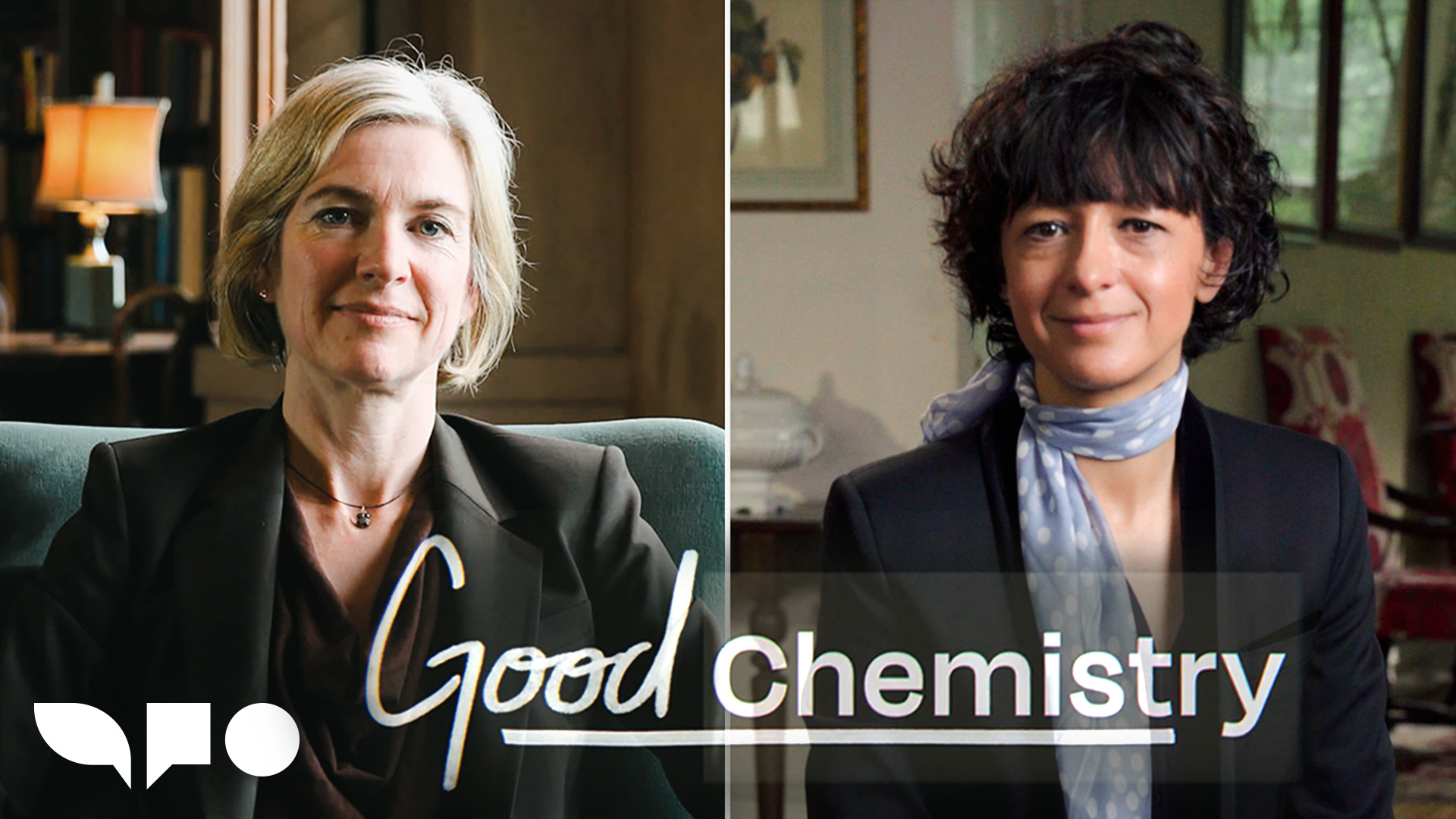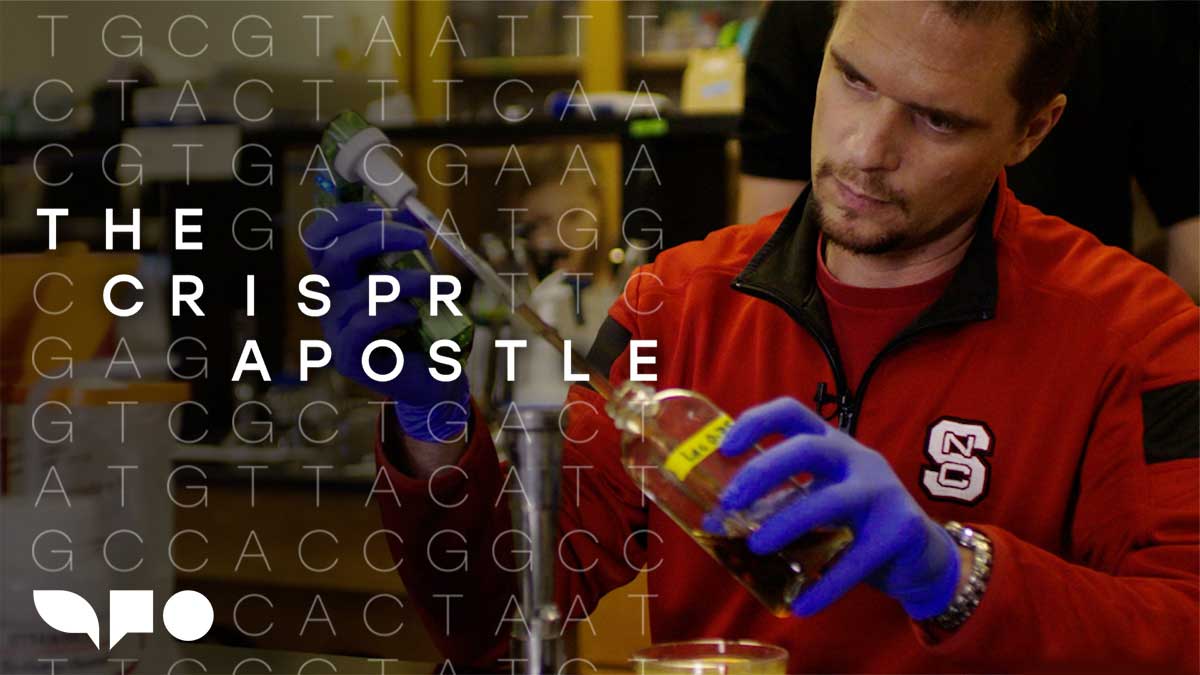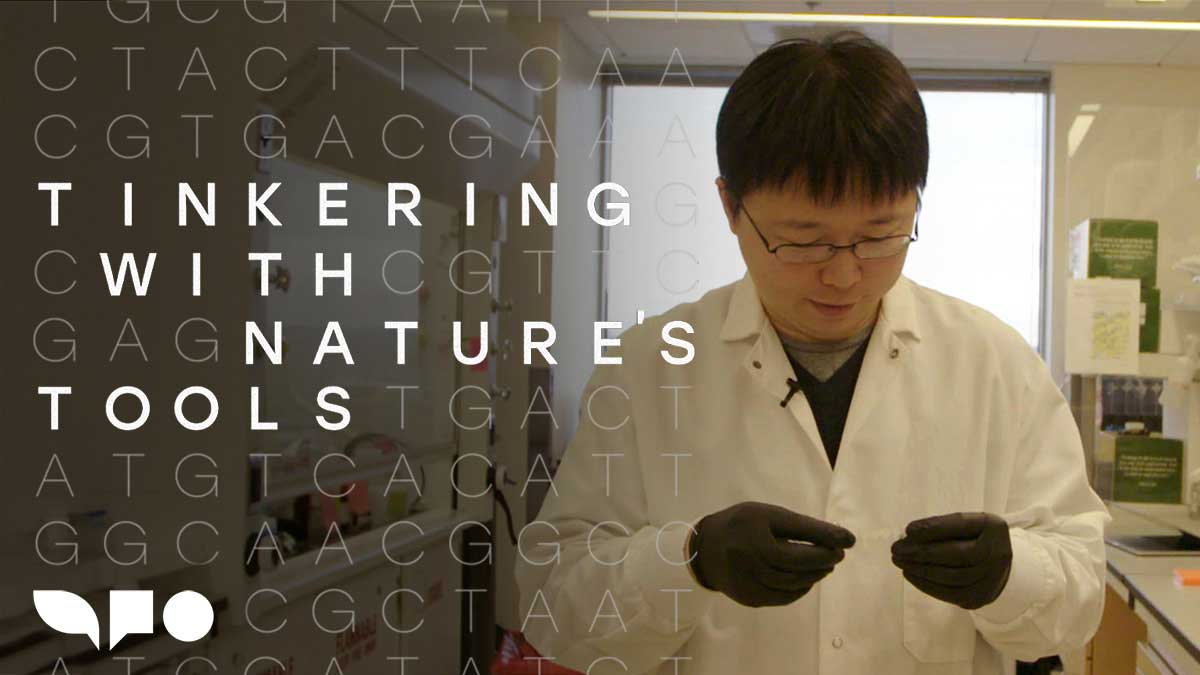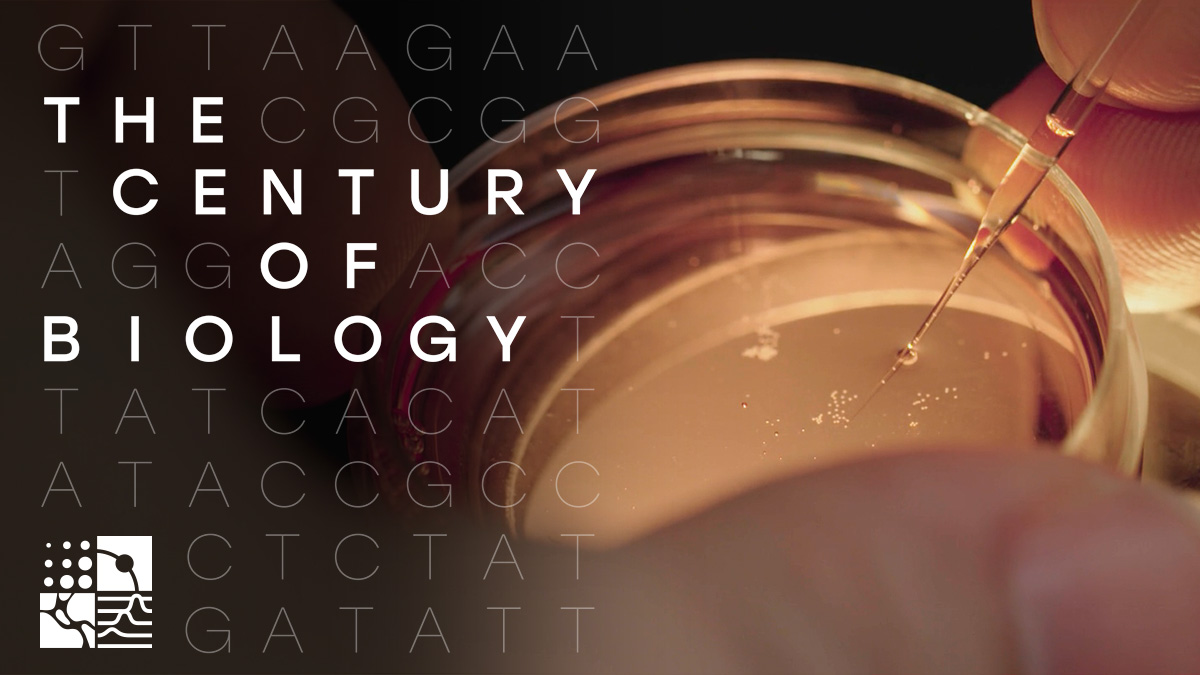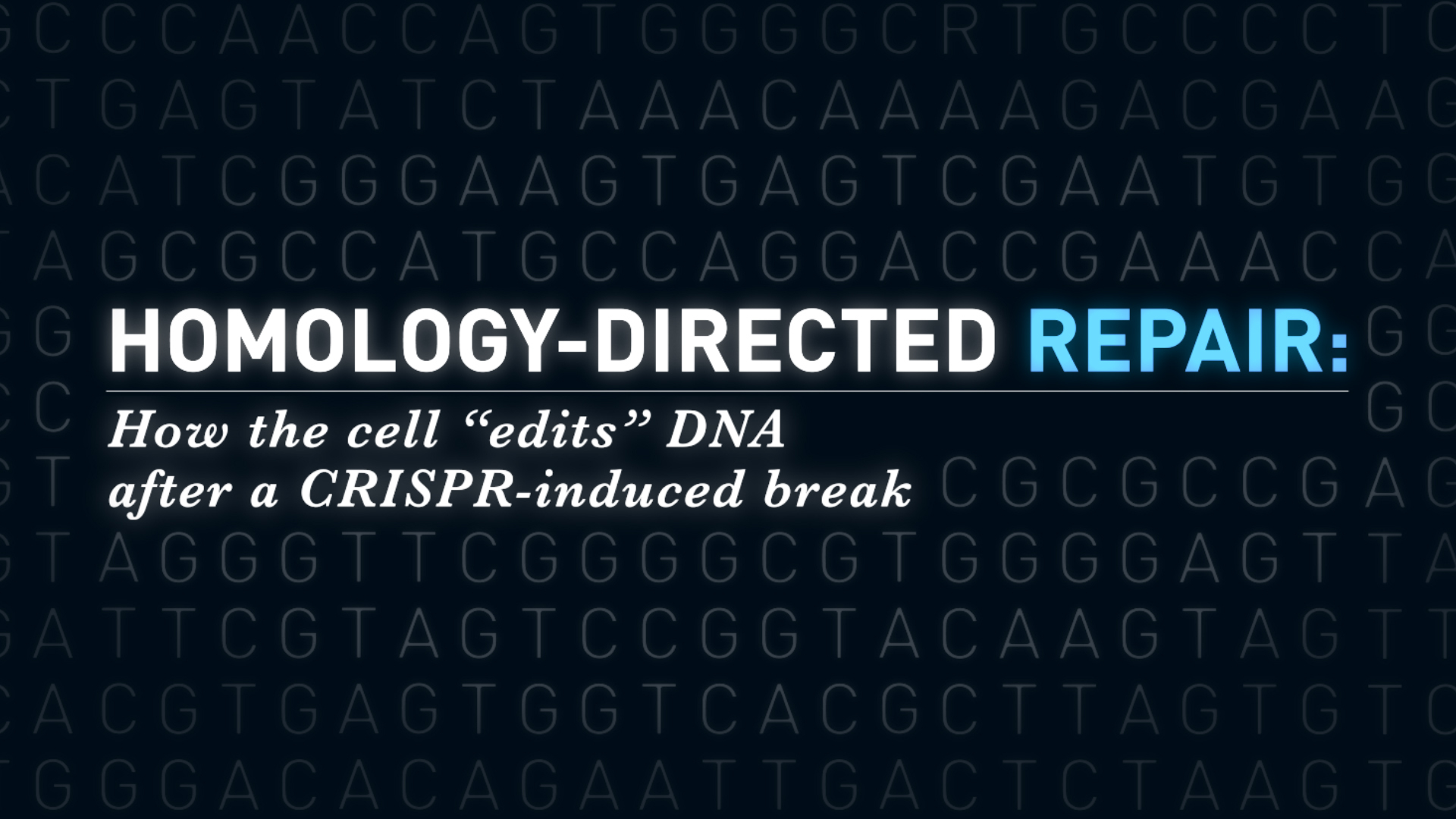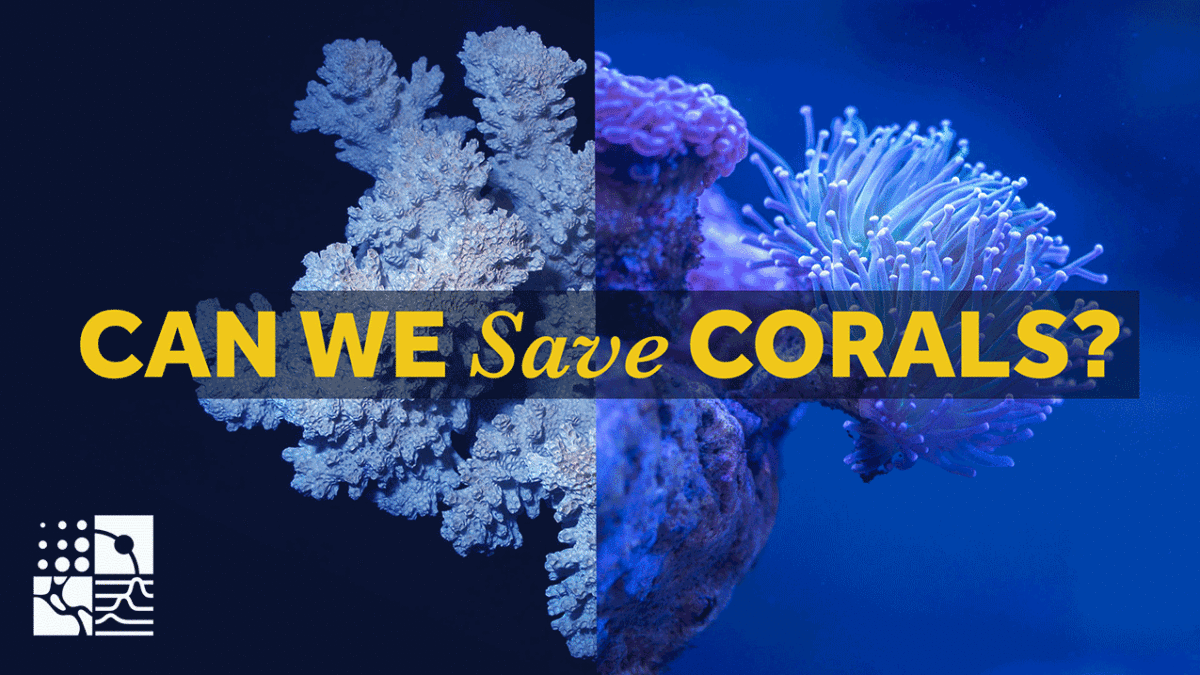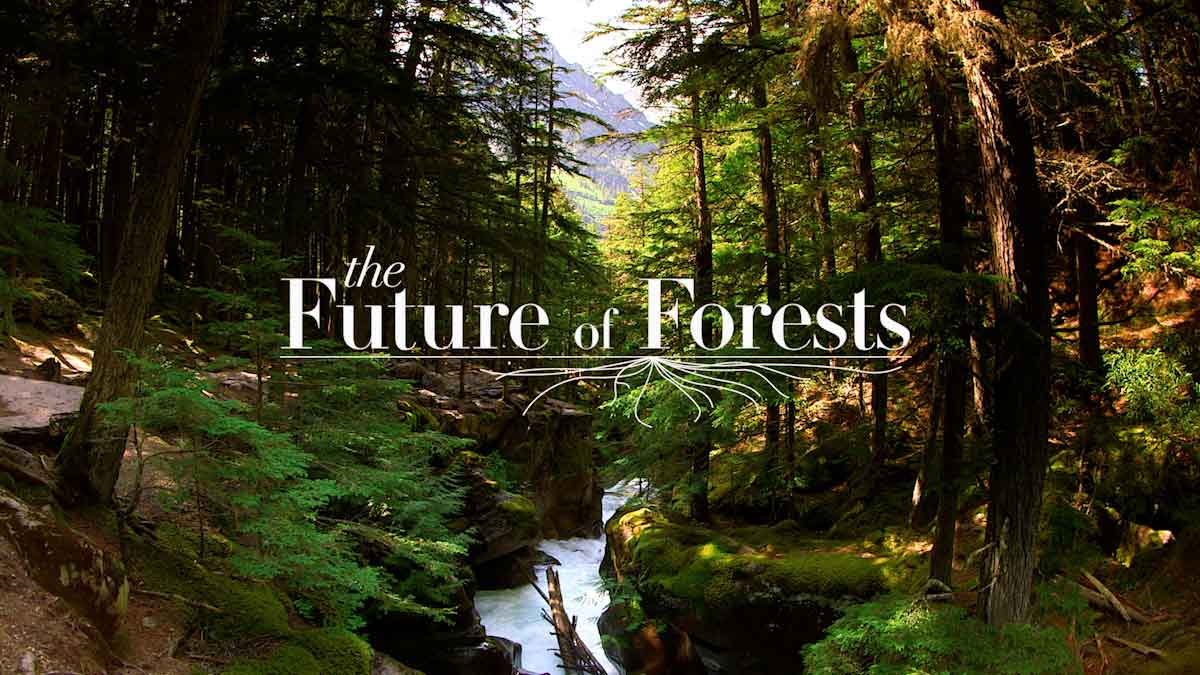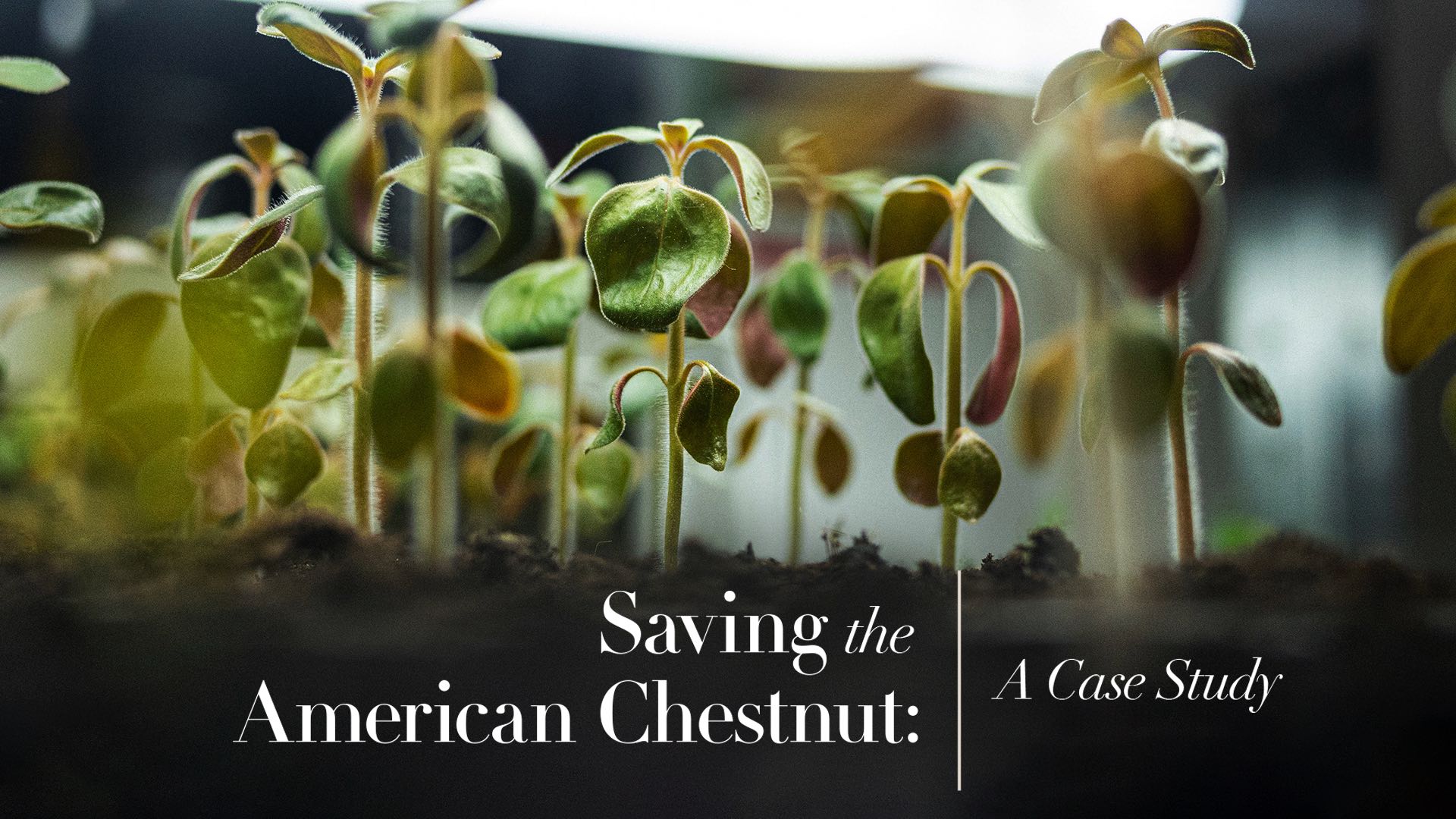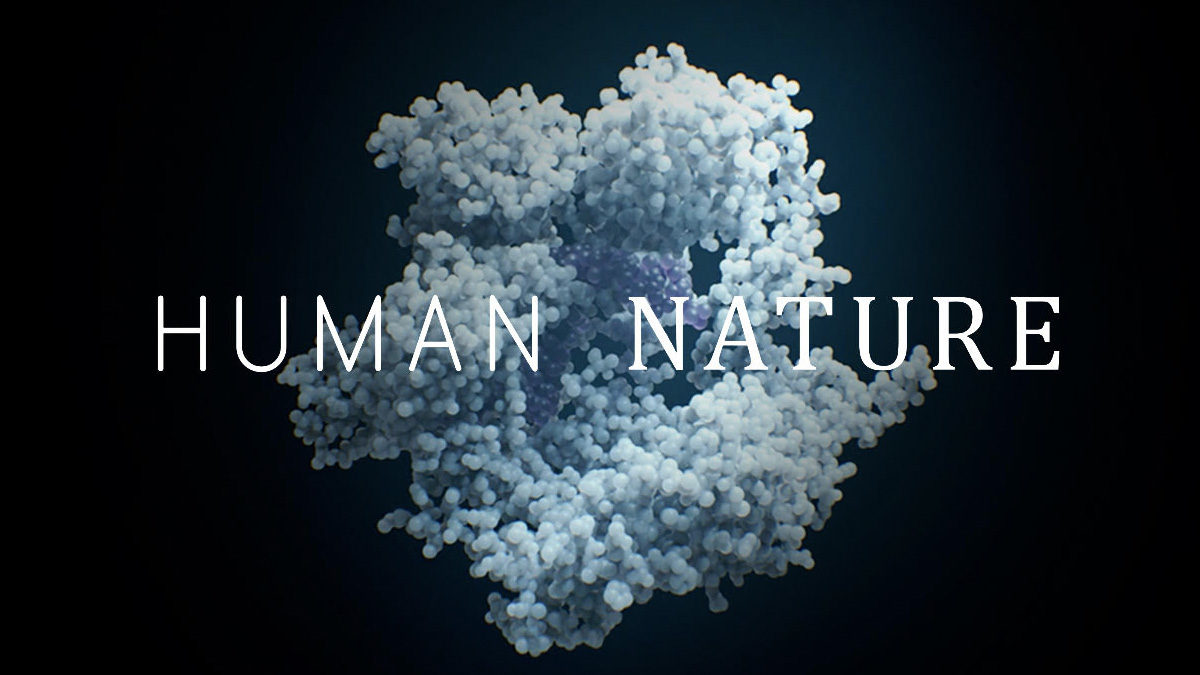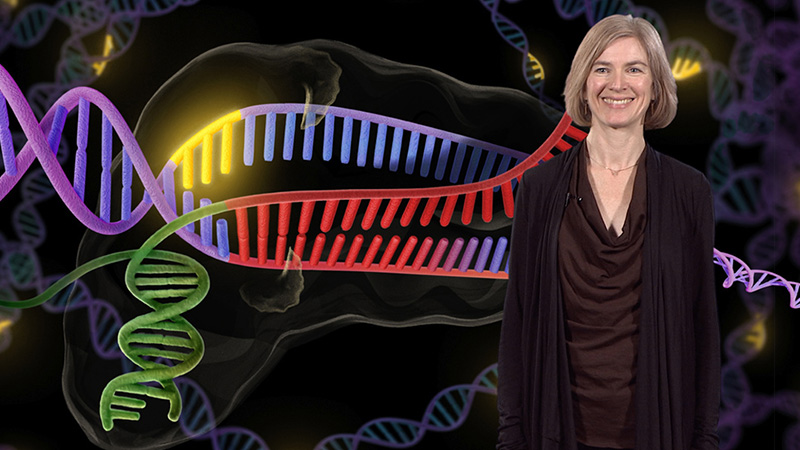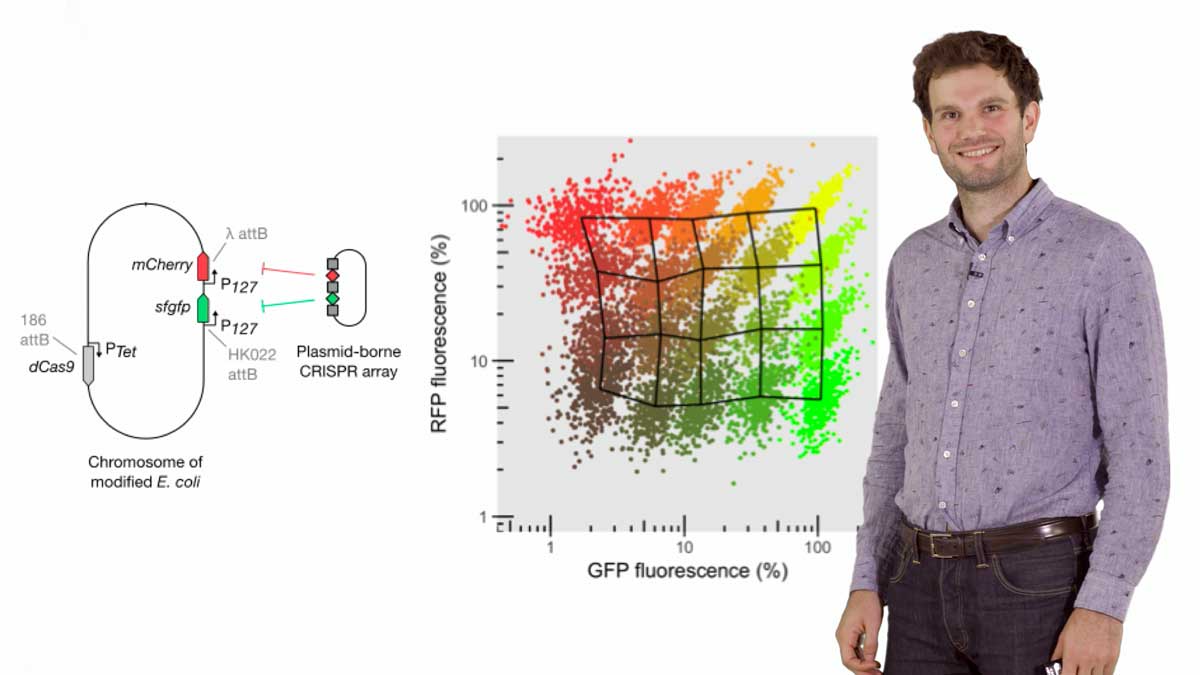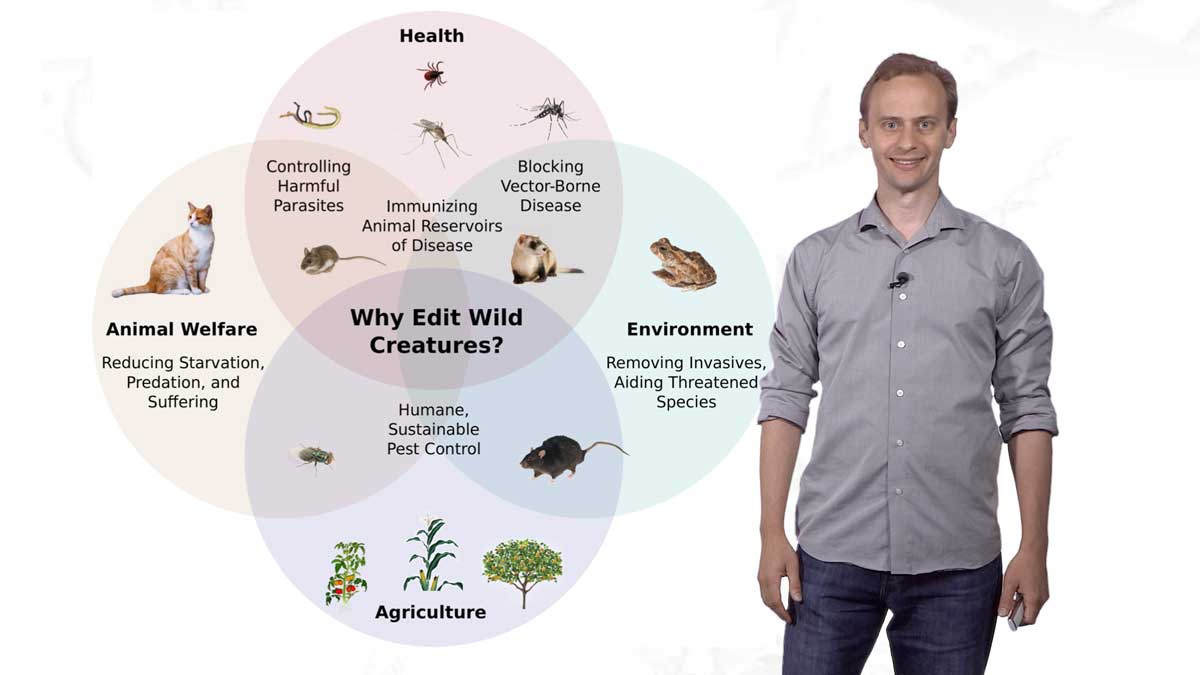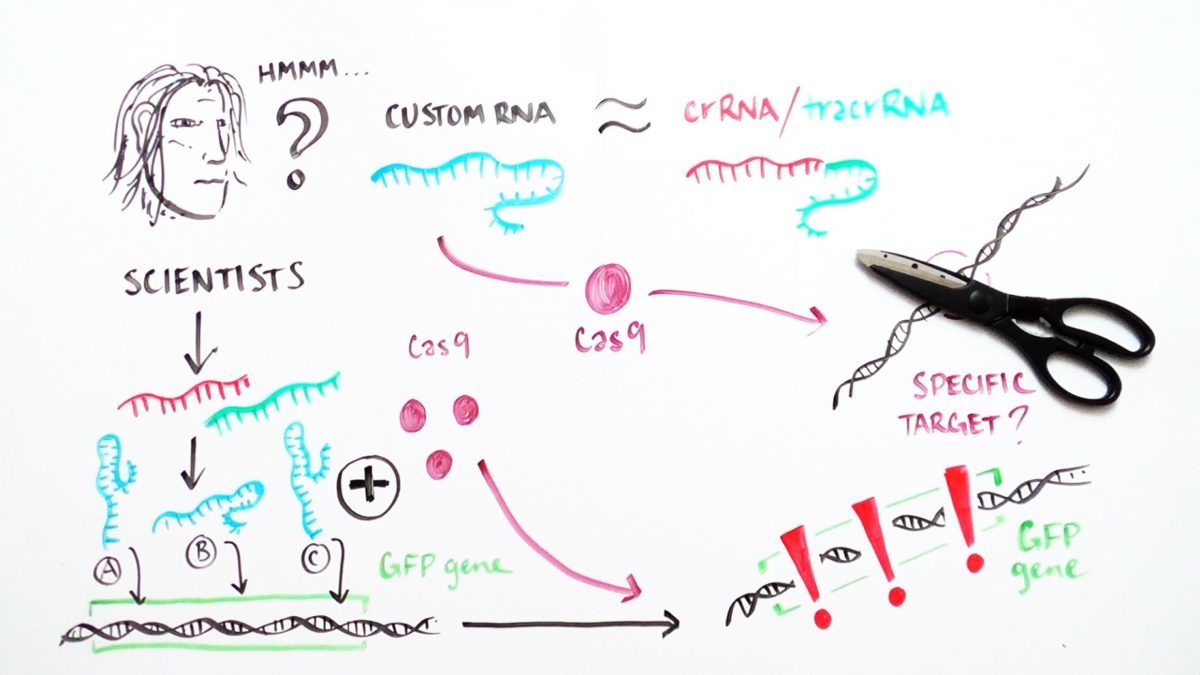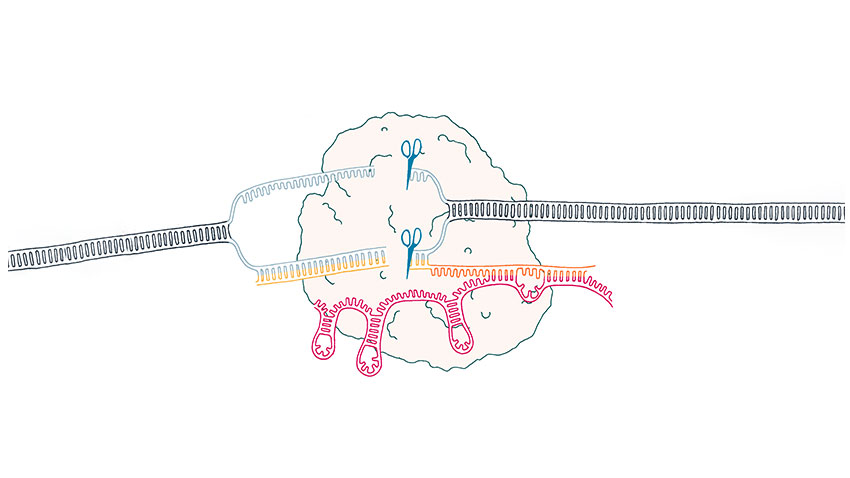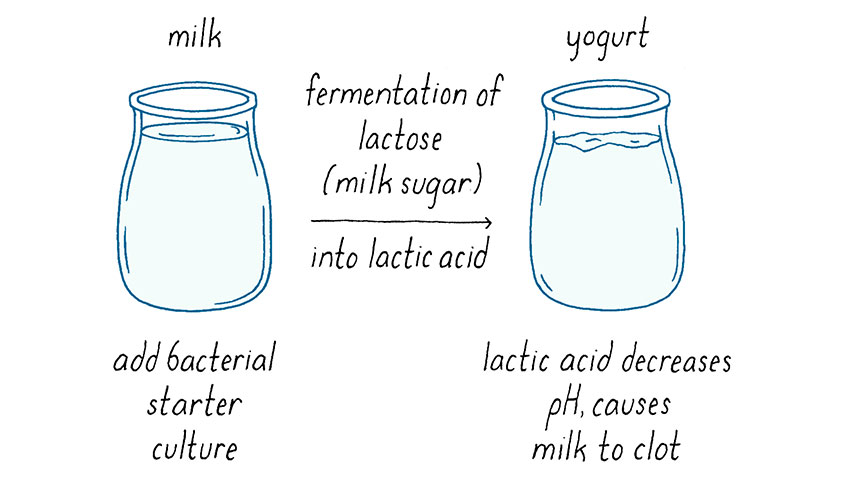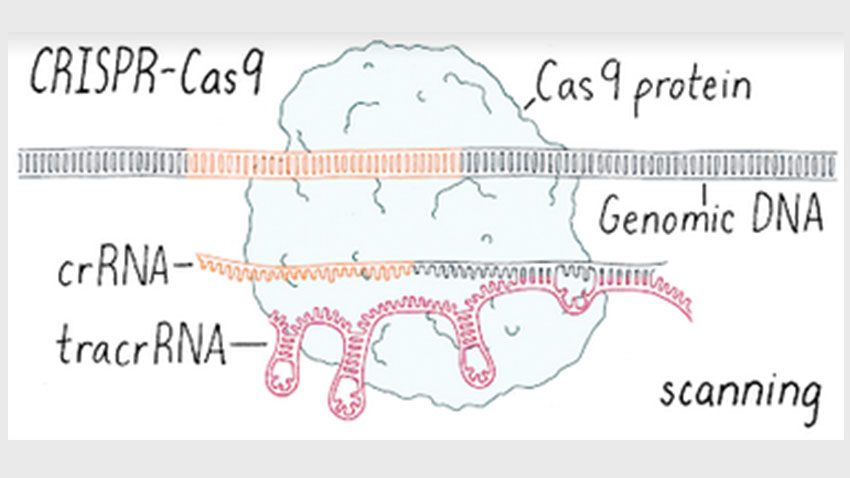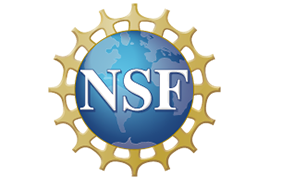CRISPR-Cas Technology
We are excited to present all of the resources that we have on the Nobel Prize winning discovery of the use of CRISPR-Cas as a method for genome editing. Dr. Jennifer Doudna and Dr. Emmanuelle Charpentier earned the 2020 Nobel Prize in Chemistry for this development. This breakthrough called CRISPR has given us unprecedented control over the basic building blocks of life. Explore our resources and learn more about this technology!
Good Chemistry
Nearly a decade ago, Emmanuelle Charpentier and Jennifer Doudna embarked on a journey that would transform the field of science. Their groundbreaking research on the CRISPR system revolutionized gene editing and ultimately earned them the 2020 Nobel Prize in Chemistry. Watch their captivating short film, offering insights into the process of scientific discovery, collaboration, and groundbreaking experimentation.
More Short Films
Explore CRISPR at the intersection of science, society, human health, and climate change through these engaging short documentary films.
The CRISPR Apostle
Rodolphe Barrangou, Ph.D., was trying to produce more resistant yogurt when he helped uncover CRISPR in a series of groundbreaking experiments.
Tinkering with Nature’s Tools
CRISPR-Cas9 pioneer Feng Zhang, Ph.D shares what makes CRISPR unique, how it works, and his personal journey into science via Jurassic Park.
Century of Biology
Noted bioethicist R. Alta Charo ponders the power of CRISPR and genome editing to fundamentally reshape and manipulate life with precision on the molecular level.
Homology-directed repair
In this fun animated clip, scientists describe how the cell edits DNA after a CRISPR-induced break in an accessible way.
Corals: On the Brink
As climate change warms the oceans, corals become stressed by the heat and struggle to survive. Can modern genetic tools, like CRISPR-Cas9, help save them?
Future of Forests
As global temperatures increase, pest invasion and drought stress also increases. How can we make forests more resilient to these threats using CRISPR?
Saving the American Chestnut
We look to the story of the American Chestnut as an example of how scientists are trying to bring a once-abundant tree back from near extinction through genetic engineering.
Human Nature
Human Nature is a provocative exploration of CRISPR’s far-reaching implications, through the eyes of the scientists who discovered it, the families it’s affecting, and the bioengineers who are testing its limits. How will this new power change our relationship with nature? What will it mean for human evolution? To begin to answer these questions we must look back billions of years and peer into an uncertain future.
Applying CRISPR Technology
Learn about the basics of CRISPR-based genome editing and how it is being applied in contemporary research.
Genome Engineering with CRISPR-Cas9
Jennifer Doudna tells the story of how studying the way bacteria fight viral infection turned into a genomic engineering technology that has transformed molecular biology research.
Engineering bacteria with CRISPR
Dr. David Bikard introduces the historical context for using CRISPR in bacteria and then delves into two CRISPR technologies being developed by his lab.
Gene Drive
Dr. Kevin Esvelt explains how self-propagating CRISPR-based gene drives can be used to spread genetic alterations through wild populations, potentially impacting all organisms of the target species.
Educator Resources
Explore the following educator-related content, from deep dive narratives written by Jennifer Doudna and Rodolphe Barrangou about their discoveries to illustrations and whiteboard animations that explain how CRISPR works. Many of these educator resources were produced in collaboration with Explorer’s Guide to Biology.
